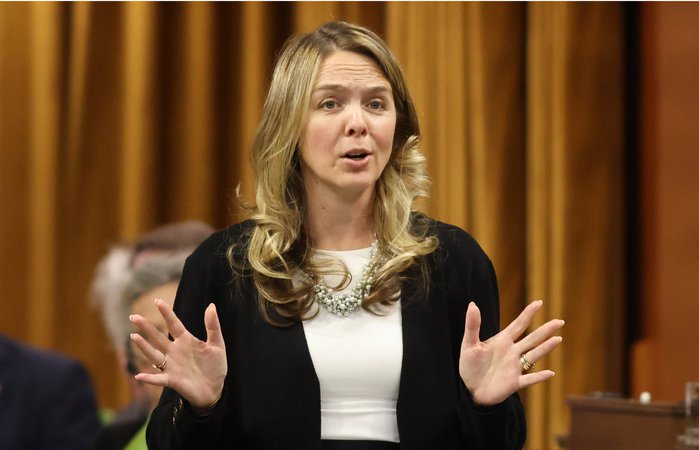
Some Canadian cities building temporary housing facilities to accommodate refugees
OTTAWA — A significant increase in the number of refugees and asylum seekers in Canada has prompted some cities to start building temporary housing for new arrivals.
The city of Ottawa is working to establish what’s known as a sprung structure that serves as both a temporary shelter and a centre to provide settlement services such as language training and employment assistance.
These centres are meant to house refugees only for their first few weeks in the city before they move on to more suitable housing in Ottawa’s settlement infrastructure.
The city has identified two potential locations for these centres, both in the city’s west end. Planning documents describe them as “modular tension fabric buildings.”


